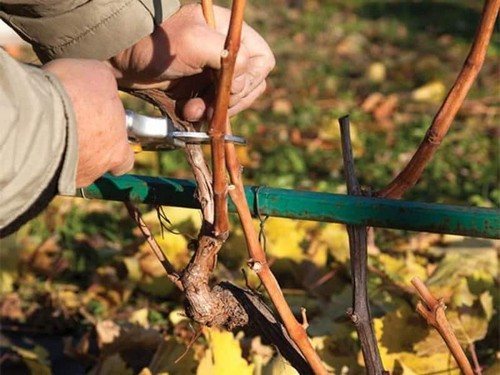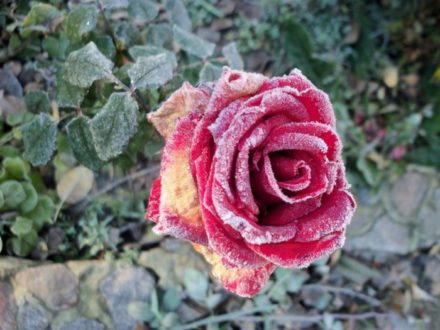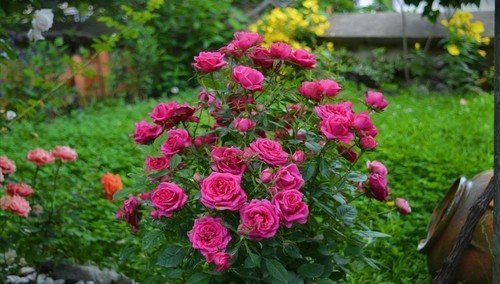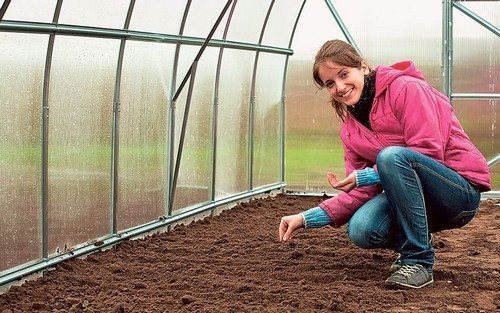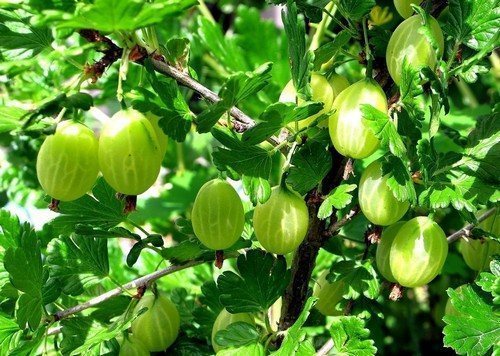By the beginning of autumn, or rather by September-October, many gardeners begin to prepare rose gardens for wintering. In order for plants to successfully withstand cold and frost, the gardener needs to know a few simple rules about what can and cannot be done during this period. What special care do these plants require?
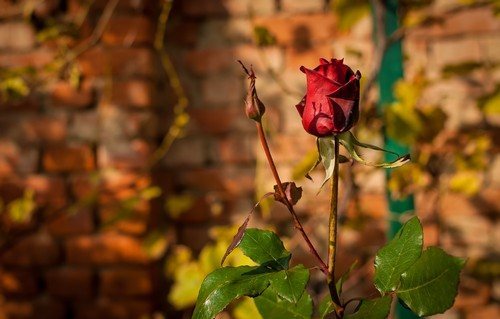
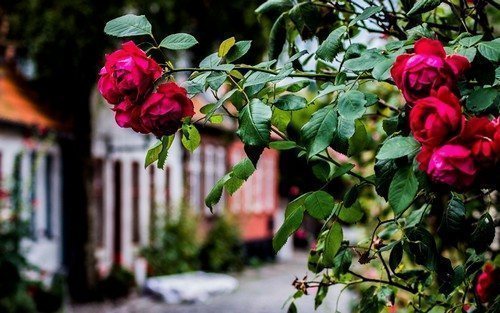
Proper care of roses in autumn
In order for the rose garden to continue to delight with active growth and development after wintering, it is important to follow a few simple rules:
- It is useful to gradually reduce watering of plants from August, but if autumn turns out to be rainy, then most likely you will need a protective awning over the rose garden to drain excess moisture. With this simple action you can easily achieve a gradual slowdown in the growing season of roses (their growth and development).
- In the fall, the composition of fertilizers changes: fertilizers containing nitrogen must be replaced with fertilizers that contain potassium, phosphorus and magnesium. These minerals help strengthen the root system.
- Don't neglect pruning rose bushes in the fall. This strengthens the roots and allows you to accumulate the necessary amount of useful elements for the spring-summer period.
- It is in the fall, due to high air humidity, that it is safest to replant plants.
- It is important to clean the soil around the rose bushes from weeds, old leaves and debris, and treat them with disinfectant solutions that can protect the plants from bacteria that cause rot. After these preventive procedures, the plants are ready for shelter for the winter.For this, either special covering material or spruce (pine) branches are usually used.
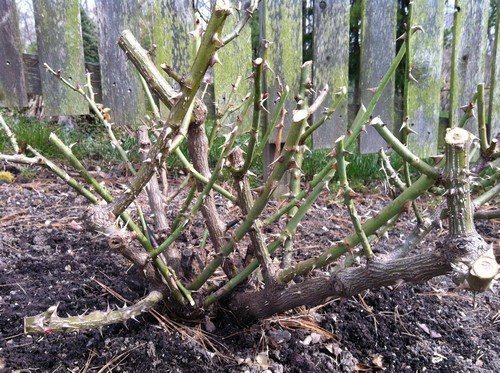
Improper care of roses in autumn
Here are the main mistakes that even experienced gardeners can make:
- Bending rose stems to the ground in frosty weather. This can cause irreparable harm to the plants, since at sub-zero temperatures the branches become very fragile and can break and crack when bent.
- Early pruning of branches in still warm weather. Unfortunately, this will only provoke the emergence of new shoots and use up reserves of useful substances that could be useful in the winter-spring period.
- Covering for the winter too early: most often, gardeners rush to cover the plants after the first frost, but this is wrong. Roses are very cold-resistant and can withstand freezing temperatures. To avoid rotting of the root system and the proliferation of pathogenic bacteria, it is necessary to wait for the cessation of autumn rains and constant sub-zero temperatures.
- Left green leaves on bushes. Of course, it is a pity to cut off healthy and beautiful green leaves, but you must remember that soon this greenery will become the center of development of all infectious processes after sheltering for the winter.
- Many new gardeners tie plants with ropes made from natural materials, which rot and tear due to moisture. It is better to use polypropylene ropes.



